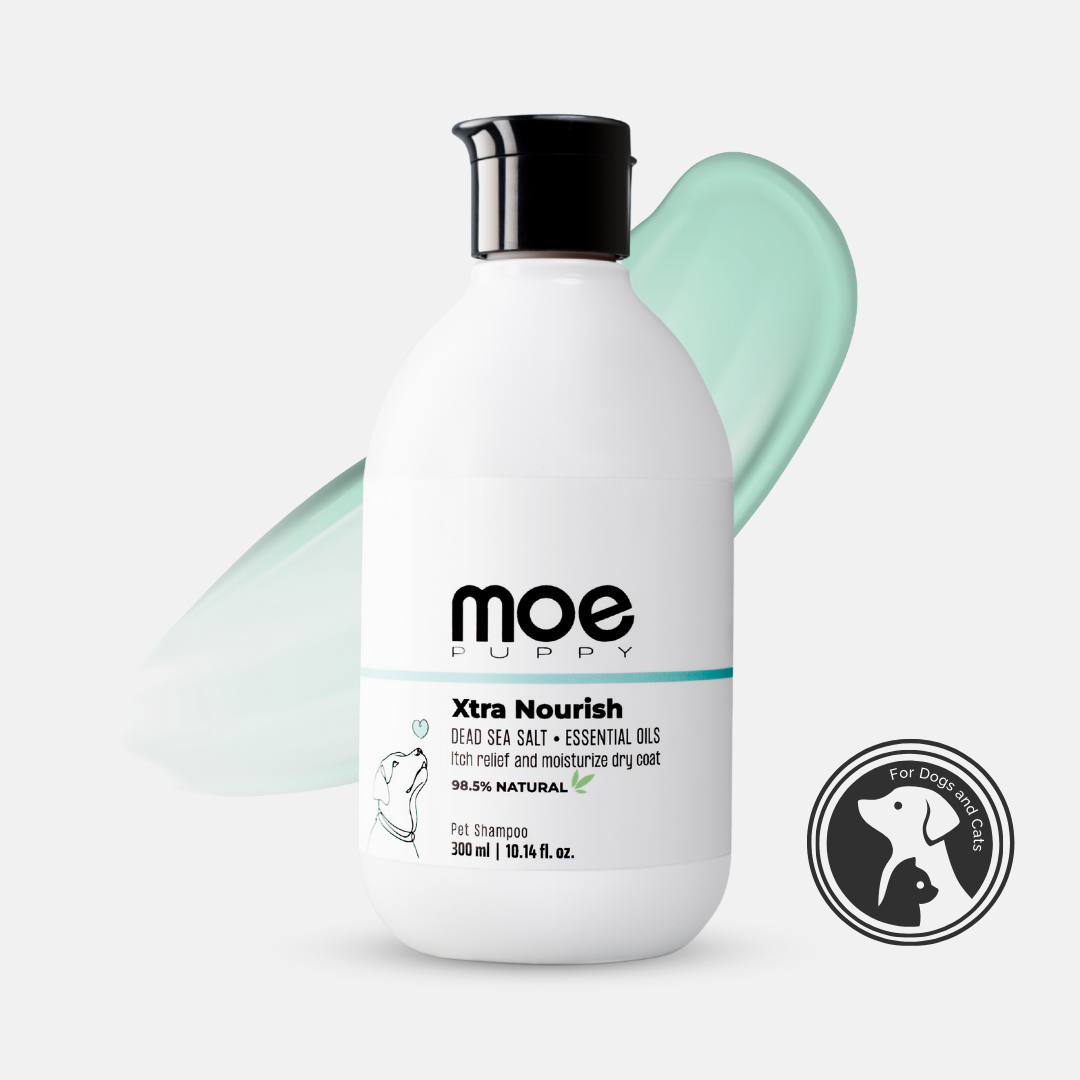
From Shedding to Skin Health: Grooming Essentials for Short-Haired Pets
Share
Many pet owners assume that having a short-haired pet means less grooming work. While it's true that these furry companions don't require the intensive maintenance of their long-haired counterparts, they still need regular care to maintain optimal health and comfort. Understanding the unique pet grooming needs of your compact-coated companion can make all the difference in their overall well-being and coat maintenance.
Understanding Your Short-Haired Pet's Unique Needs
Short-haired pets may seem low-maintenance, but their dog grooming requirements are just as important as any other pet. Their shorter coat doesn't mean they shed less – in fact, many short hair dog breeds are notorious for year-round shedding that can leave your furniture and clothes covered in fur.
The key difference lies in how quickly problems can develop. Without the protective barrier of longer hair, skin issues can manifest more rapidly and become visible sooner.
The Science Behind Dog Shedding
Dog shedding is a natural process that occurs year-round, with peak periods typically happening during spring and fall. According to veterinary dermatologists, dogs shed approximately 25% of their coat every three months. This means your pet is constantly renewing their fur, and proper dog brushing helps manage this process effectively.
Factors that influence shedding include:
- Seasonal changes
- Diet and nutrition
- Stress levels
- Overall health status
- Age of the pet
Essential Grooming Tools for Success
Investing in the right tools makes grooming your short-haired pet significantly easier and more effective. Here's what every pet parent should have:
Brushing Equipment:
- Rubber curry brush for daily use
- Slicker brush for removing loose fur
- Deshedding tool for seasonal deep cleaning
Bathing Supplies:
- For dogs with sensitive or allergy-prone skin, the Xtra Nourish shampoo with Dead Sea Salt works exceptionally well for infection-prone skin conditions
- Microfiber towels for quick drying
- Non-slip bath mat for safety
Additional Tools:
- Nail clippers appropriate for your pet's size
- Ear cleaning solution and cotton pads
- Dental chews or toothbrush for oral care
For busy pet parents looking for convenient solutions, consider the Waterless Kit which includes four essential grooming products for regular cleaning between baths – perfect for maintaining your pet's hygiene without the full bathing process.

Creating an Effective Grooming Routine
Consistency is crucial when it comes to maintaining your pet's health. Research shows that pets who receive regular dog care have 40% fewer skin-related veterinary visits compared to those groomed sporadically.
Daily Tasks (5 minutes):
- Quick brush to remove loose hair
- Check for any unusual bumps or irritations
- Wipe face and paws if needed
Weekly Tasks (15-20 minutes):
- Thorough brushing session for effective shedding control
- Nail inspection and trimming if necessary
- Ear cleaning and dental care
Monthly Deep Care:
- Complete bath using appropriate products
- Detailed skin examination
- Professional grooming consultation if needed
Addressing Dog Skin Health Proactively
Dog skin health should be a top priority for every pet owner. Short-haired breeds are particularly susceptible to skin issues because their coat provides less protection from environmental irritants and allergens.
Common skin problems to watch for:
- Dry, flaky patches
- Excessive scratching or licking
- Red, inflamed areas
- Unusual odors
- Changes in coat texture or color
Prevention strategies include maintaining proper nutrition, using gentle grooming products, and ensuring your pet stays hydrated. The American Veterinary Medical Association emphasizes that regular grooming helps identify skin issues early, when they're most treatable.
Nutrition's Role in Coat and Skin Health
What goes into your pet's body directly affects what you see on the outside. A diet rich in omega-3 fatty acids can reduce dog shedding by up to 30% and significantly improve skin condition and coat quality.
Key nutrients for optimal coat health:
- Omega-3 and omega-6 fatty acids
- High-quality proteins
- Zinc and vitamin E
- Biotin and other B vitamins
Consider consulting with your veterinarian about supplements if your pet's coat seems dull or if shedding appears excessive.
Seasonal Grooming Adjustments
Your short-haired pet needs different care throughout the year. During warmer months, increased brushing helps remove excess undercoat and prevents overheating. Winter care focuses more on protecting skin from dry indoor air and harsh outdoor conditions.
Summer Strategy:
- Increase brushing frequency to twice daily
- Provide adequate shade and fresh water
- Consider cooling mats for comfort
Winter Approach:
- Use moisturizing shampoos to combat dry skin
- Limit baths to prevent over-drying
- Pay extra attention to paw care after outdoor activities
When to Seek Professional Help
While regular at-home grooming is essential, professional dog groomers and veterinarians play important roles in maintaining your pet's health. Schedule professional grooming every 6-8 weeks for optimal results.
Warning signs that require immediate attention include persistent scratching, skin discoloration, strong odors, or significant changes in shedding patterns.
The Long-Term Benefits
Consistent grooming of your short-haired pet pays dividends in multiple ways. Pet owners who maintain regular grooming routines report stronger bonds with their pets, fewer behavioral issues, and significantly lower veterinary costs over time.
According to pet health surveys, well-groomed pets live an average of 2-3 years longer than those who receive minimal care, highlighting the profound impact of consistent maintenance on overall health and longevity.
Remember, grooming isn't just about appearance – it's about creating a foundation for lifelong health and happiness for your beloved companion.
Frequently Asked Questions
Q1: Do short-haired dogs really shed less than long-haired dogs?
A: Not necessarily! Many short-haired breeds like Labs and Beagles are actually heavy year-round shedders. The shorter hairs are just easier to clean up and don't mat like long hair does.
Q2: How often should I bathe my short-haired dog?
A: Every 6-8 weeks is usually enough, unless they get dirty or smelly. Over-bathing can strip natural oils and irritate their skin. Use waterless products or regular brushing between baths.
Q3: What's the best brush for a short-haired dog that sheds a lot?
A: Use a rubber curry brush daily and a deshedding tool weekly. The rubber brush is gentle for everyday use, while the deshedding tool tackles the undercoat during peak shedding seasons.

